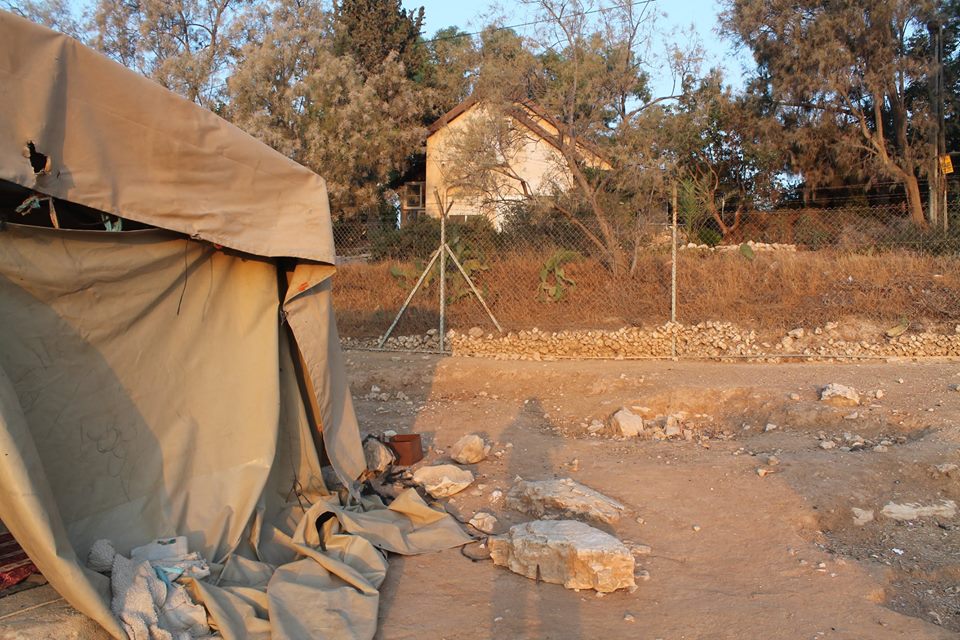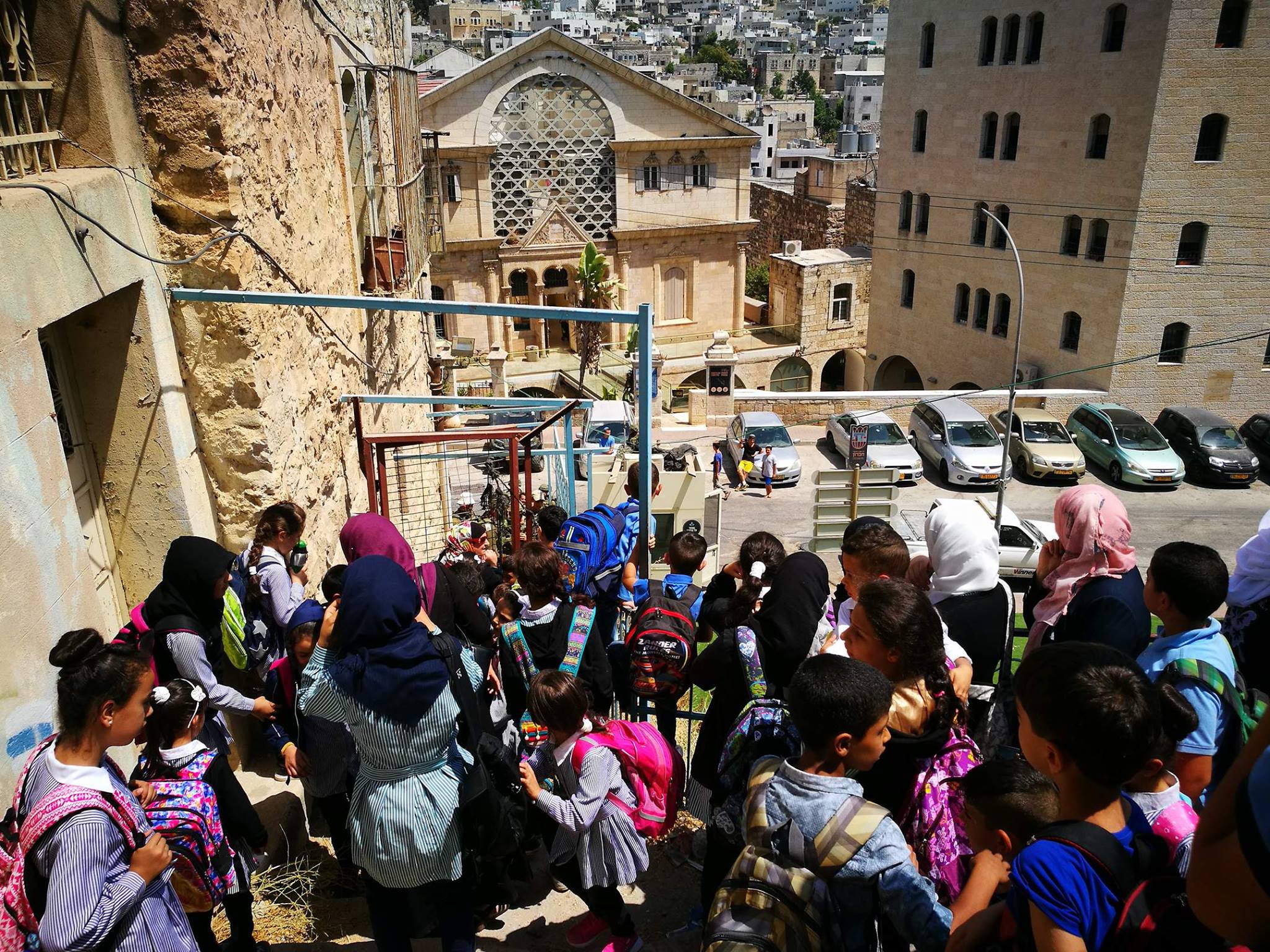-
Two nights in Umm al-Kheir: a journal
5th September 2017 | International Solidarity Movement, al-Khalil team | Umm al-Kheir, south Hebron, occupied Palestine Spent the last two days at Umm Al Khair, a Bedouin village in the South Hebron Hills enjoying the wonderful hospitality, generosity, and loving kindness. This was not my first trip there. And as much as I hate to […]
-
Right to education severely impeded for Qurtuba school students
29th August 2017 | International Solidarity Movement, al-Khalil team | Hebron, occupied Palestine Israeli forces in occupied al-Khalil (Hebron) are severely restricting, for the second day in a row, the freedom of movement for Palestinian students and teachers at Qurtuba school. Whereas on Monday students and teachers were detained by Israeli forces for almost half […]
-
Israeli Forces raided House in Occupied Al – Khalil
In the evening of the 20th of August at 10.30 PM the Israeli Occupation Forces entered a Palestinian house close to the illegal settlement Kiryat Arba on prayer road in northern Al-Khalil. According to the Occupation Forces, Palestinian residents threw Molotov Cocktails at the soldiers close to a near by checkpoint. This made them illegaly […]
Action Alert An Nabi Saleh Apartheid Wall Arrests BDS Bethlehem Bil'in Cast Lead Demonstration Denial of Entry Ethnic Cleansing Farmers Gaza Global Actions Hebron House Demolition International law Israeli Army Jerusalem Live Ammunition Nablus Ni'lin Prisoner Ramallah Rubber-coated steel bullets Settlement Settlers Settler violence Tear-Gas Canister Video



